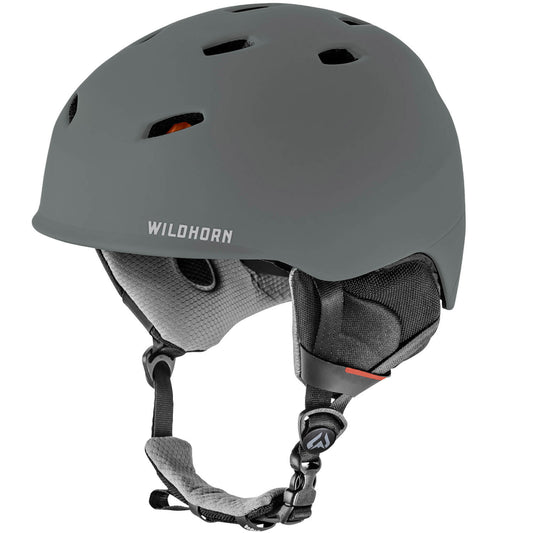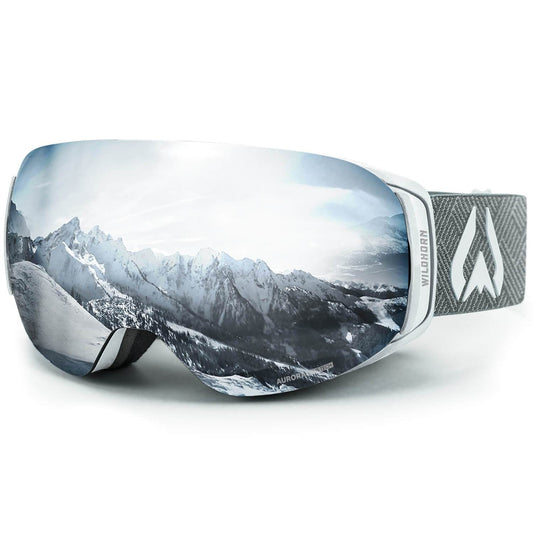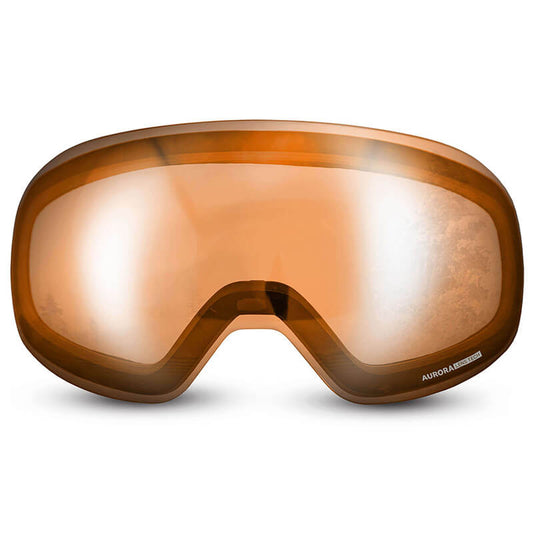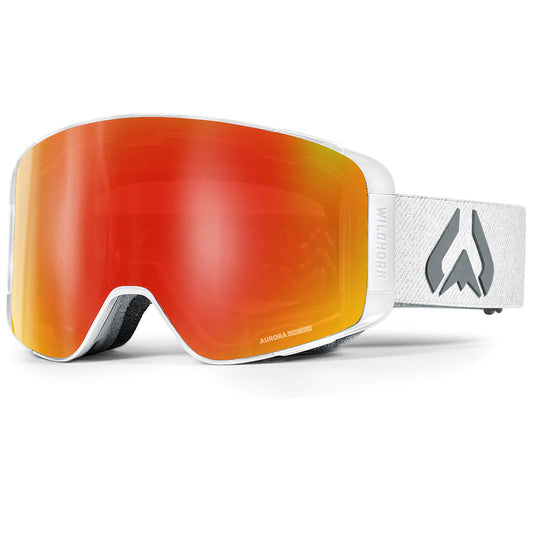Snorkeling in and of itself may not be a dangerous sport, but it takes place in what can be a dangerous environment: the ocean. The ocean should be respected and understood at all times. Heed any posted warnings and never assume a restricted area is safe just because there are other people in the water.
There were several snorkeler drownings reported in Hawaii that caused a lot of concern about full face snorkel masks. Authorities and mask manufacturers alike took the matter very seriously and conducted additional equipment testing and made the results public.
The concern was that exhaled air laden with CO2 was accumulating inside the mask and being re-inhaled. Breathing air with too much CO2 and not enough oxygen can result in dizziness and unconsciousness in extreme cases. The tests included monitoring the amount of CO2 inside the full face masks, but did not find any harmful levels of CO2.
Your snorkel affects your ability to breathe—you always have to breathe, so you should buy quality gear. Wildhorn Outfitters has conducted extensive research, product development and testing on all our designs to assure that we only use the best materials and provide the safest equipment possible. There are many different full face masks on the market that are cheaply produced and sold without being carefully designed and tested, which can result in poor breathability and leakage, so only buy from a reputable dealer who has tested their gear.
Full Face Masks Are for Leisurely Snorkeling – As we mentioned earlier, full face masks are not appropriate for diving very deep. If you go down enough to need to clear your ears, you’ll need a traditional style mask so you can pinch your nose.
The design is also not meant for strenuous breathing, so if you want to swim hard enough to get a good workout, stick to surface swimming without a snorkel at all, so you can fully open your mouth to take in the greatest amount of air. Think of a full face snorkel mask as the “sightseeing version.” Relax and get to know the undersea world with it.
If you experience any shortness of breath while snorkeling, remove the equipment immediately. Likewise, if you find yourself fighting a current or needing to cover some distance quickly, take off your mask to ensure that you can breathe as quickly and easily as necessary while exerting yourself. You can read our full snorkel safety rules here.







